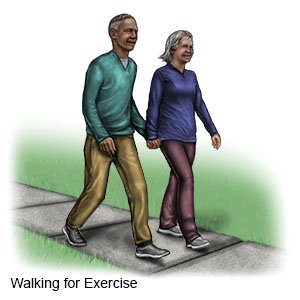Procedures for Compression Fractures of the Spine
Medically reviewed by Drugs.com. Last updated on Aug 4, 2025.
Your provider will give you instructions to help manage pain, care for the procedure area, and prevent health problems.
DISCHARGE INSTRUCTIONS:
Call your local emergency number (911 in the US) if:
- You have severe chest pain or sudden shortness of breath.
- You have severe pain, numbness, and tingling in your arms or legs.
- You lose control of your bladder or bowels.
Call your doctor if:
- You have a fever higher than 101°F (38°C) or chills.
- Your procedure site is red or has drainage coming out of it.
- Your pain or movement does not get better.
- You have a headache that gets worse when you stand.
- You have questions or concerns about your condition or care.
Medicine:
- Prescription pain medicine may be given. Ask your healthcare provider how to take this medicine safely. Some prescription pain medicines contain acetaminophen. Do not take other medicines that contain acetaminophen without talking to your healthcare provider. Too much acetaminophen may cause liver damage. Prescription pain medicine may cause constipation. Ask your healthcare provider how to prevent or treat constipation.
- Take your medicine as directed. Contact your healthcare provider if you think your medicine is not helping or if you have side effects. Tell your provider if you are allergic to any medicine. Keep a list of the medicines, vitamins, and herbs you take. Include the amounts, and when and why you take them. Bring the list or the pill bottles to follow-up visits. Carry your medicine list with you in case of an emergency.
Bandage:
Do not remove the bandage until your healthcare provider says it is okay. He or she may tell to remove the bandage 24 to 48 hours after your procedure. Do not soak in a bathtub, pool, or hot tub.
Activity:
- Do not lift more than 10 pounds for the first few weeks after your procedure. Your healthcare provider may tell not to lift more than 20 pounds from week 6 to week 12.
- Avoid bending, twisting, pushing, pulling, and stretching.
- Do low-impact physical exercise. Walk to stay active and strengthen back muscles. Walks can prevent problems such as pneumonia. Increase the distance of your walk slowly.

- Do not sit for more than 30 minutes at a time.
- Do not drive until your healthcare provider says it is okay.
Follow up with your healthcare provider or orthopedic doctor as directed:
Your follow-up will happen 7 to 14 days after your procedure. Your doctor may have you start physical therapy after your follow-up visit. Write down your questions so you remember to ask them during your visits.
© Copyright Merative 2025 Information is for End User's use only and may not be sold, redistributed or otherwise used for commercial purposes.
The above information is an educational aid only. It is not intended as medical advice for individual conditions or treatments. Talk to your doctor, nurse or pharmacist before following any medical regimen to see if it is safe and effective for you.
Further information
Always consult your healthcare provider to ensure the information displayed on this page applies to your personal circumstances.
